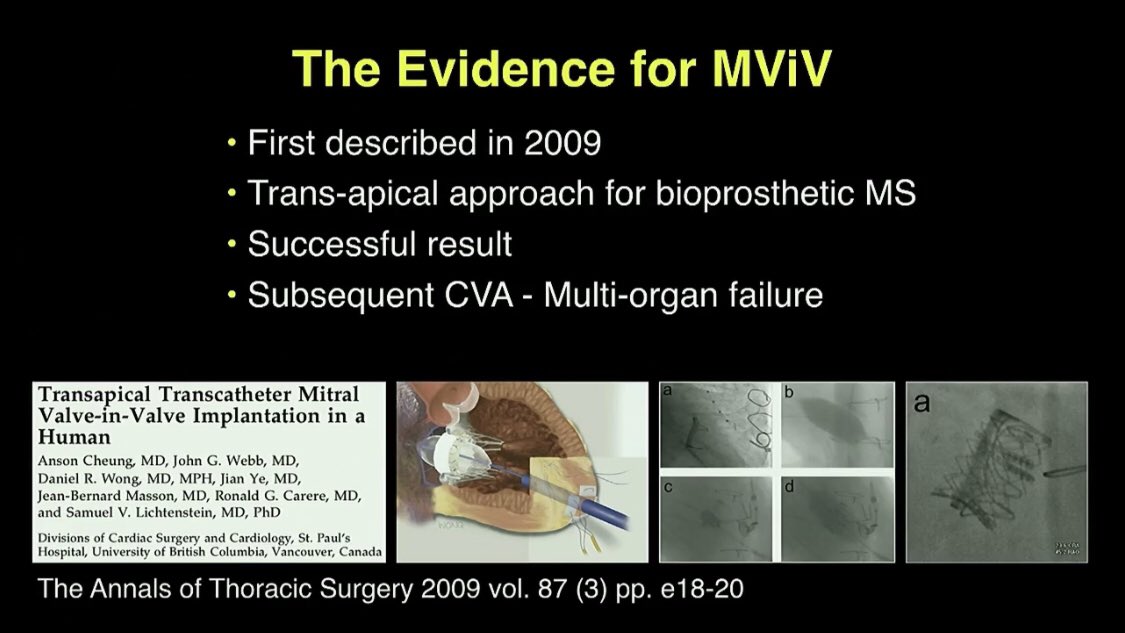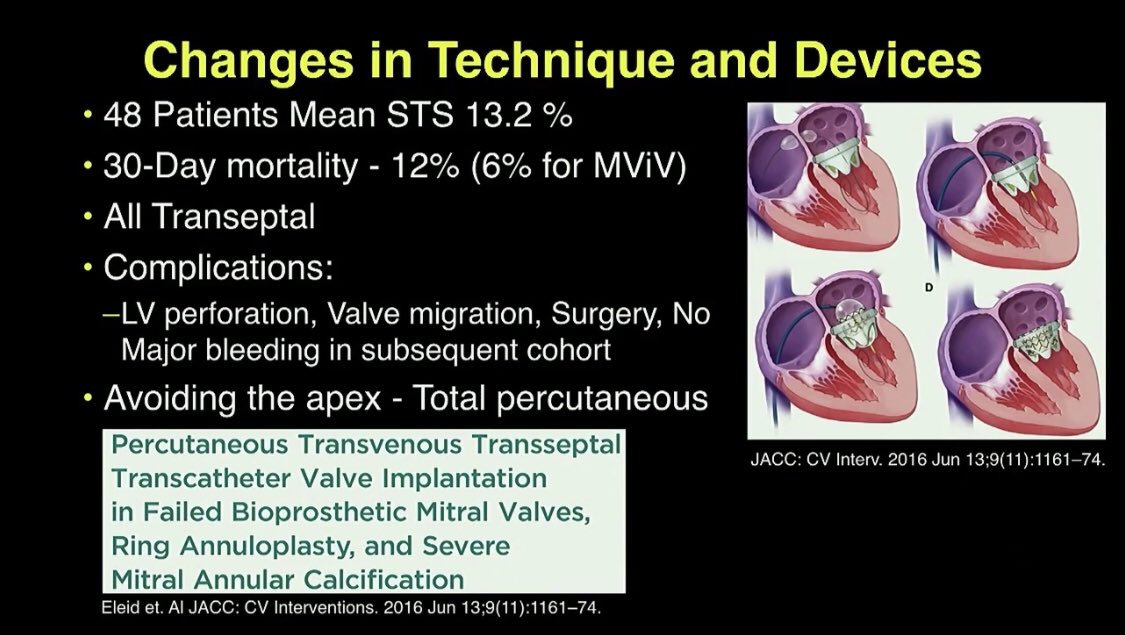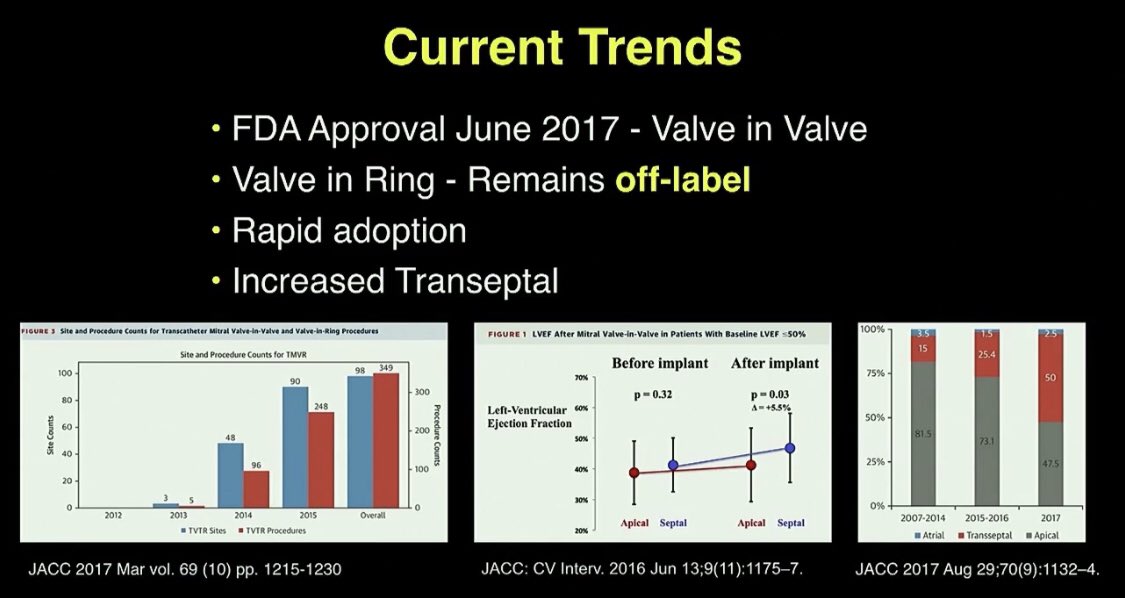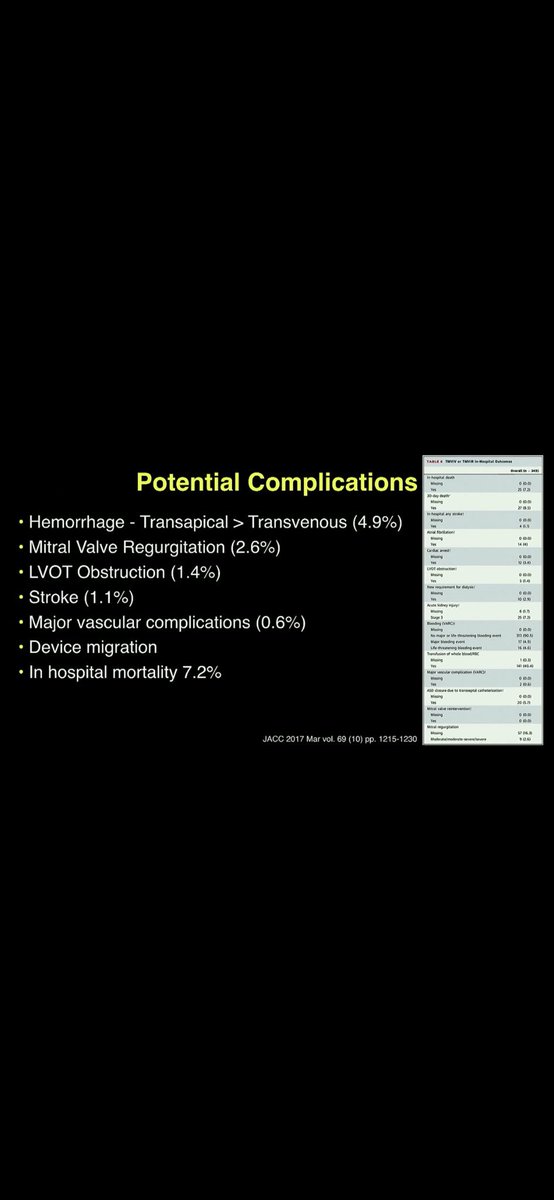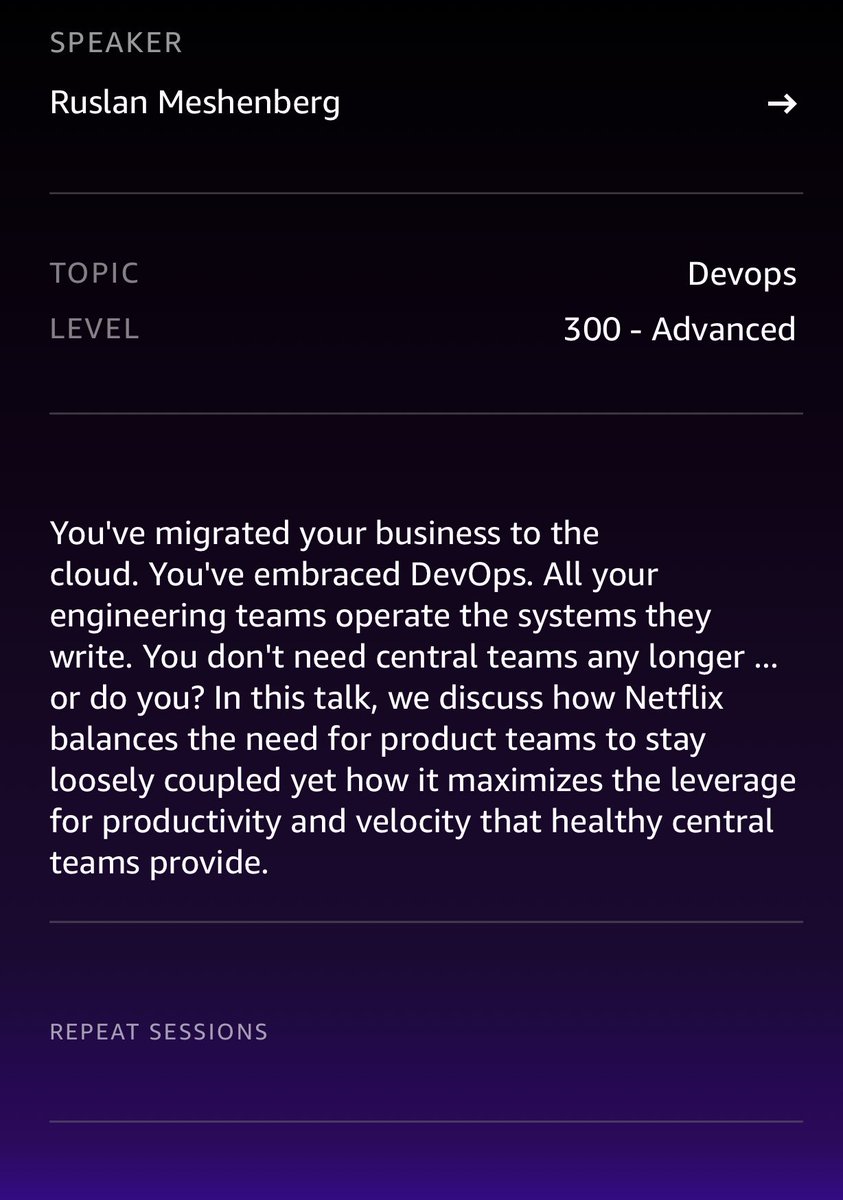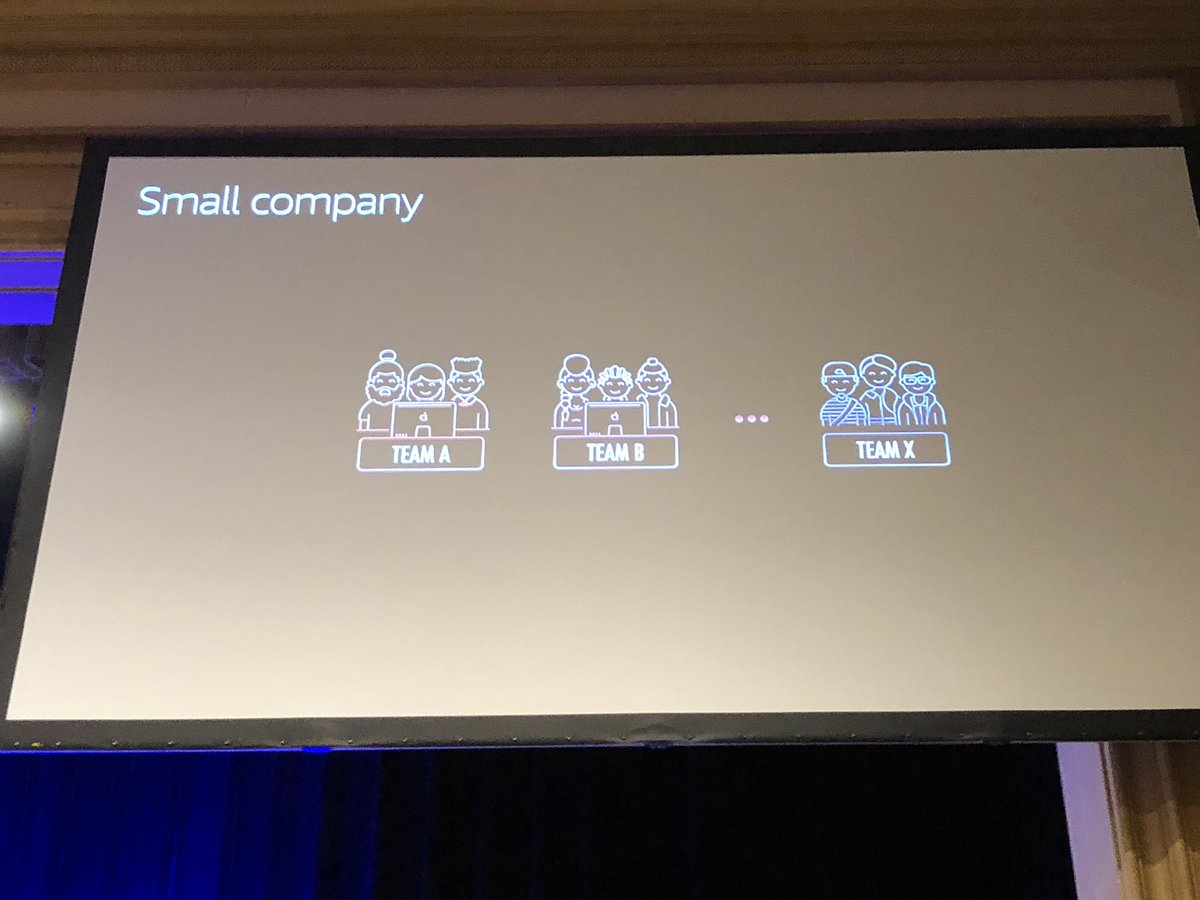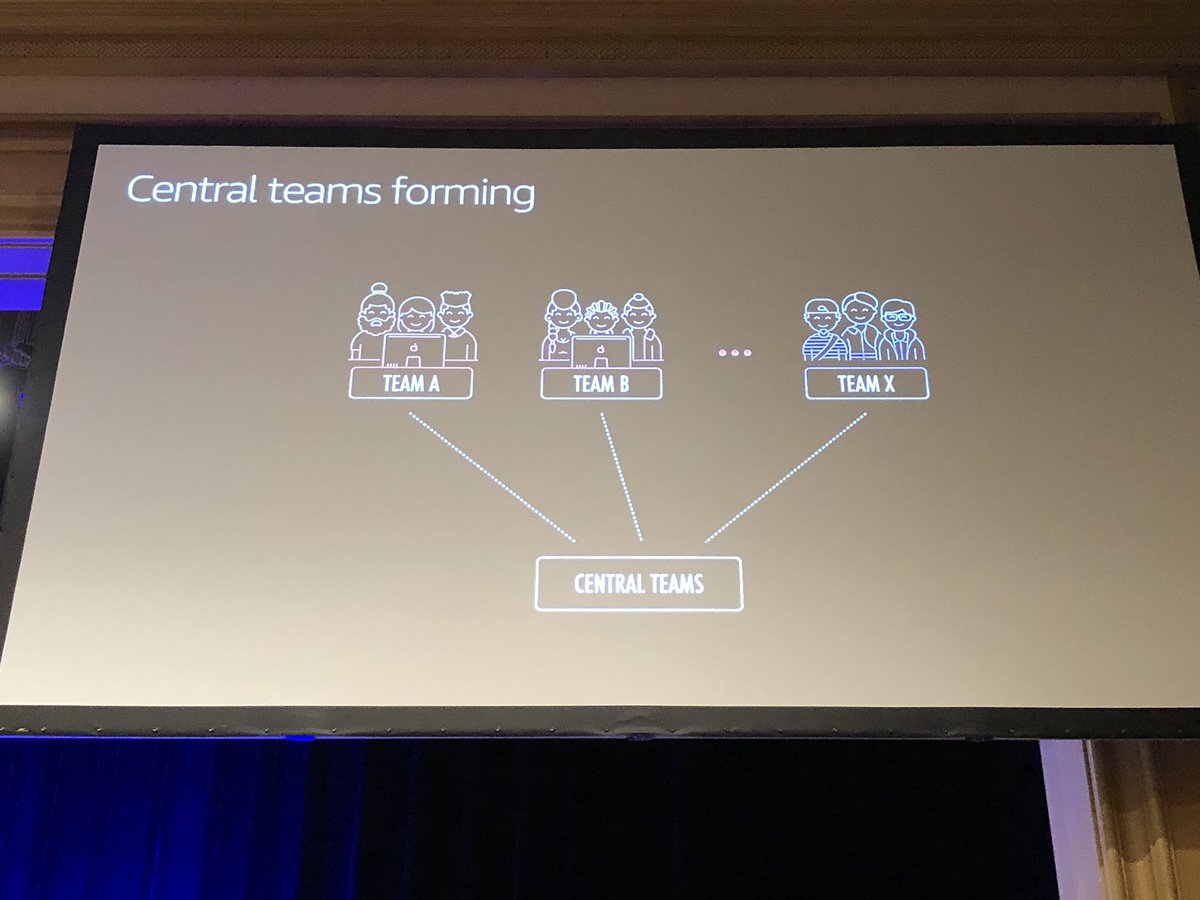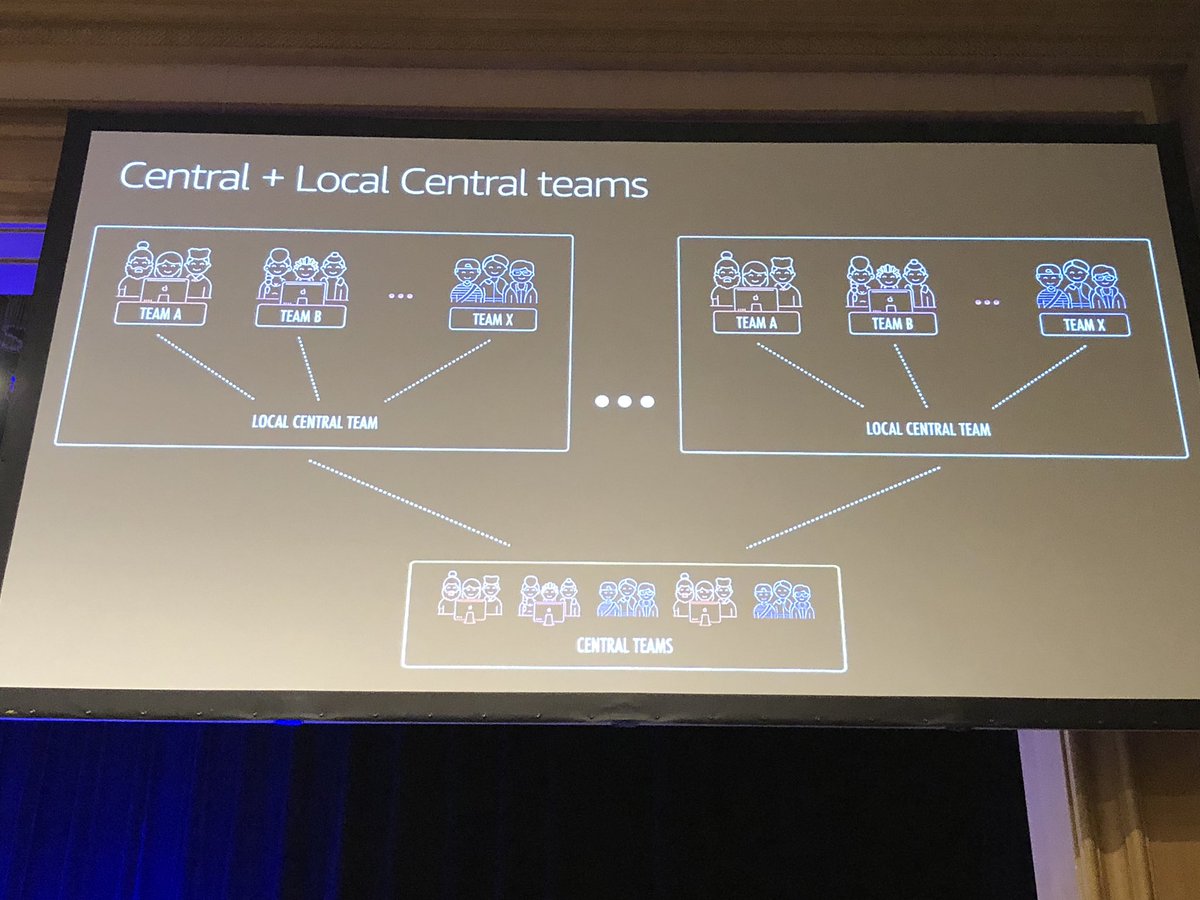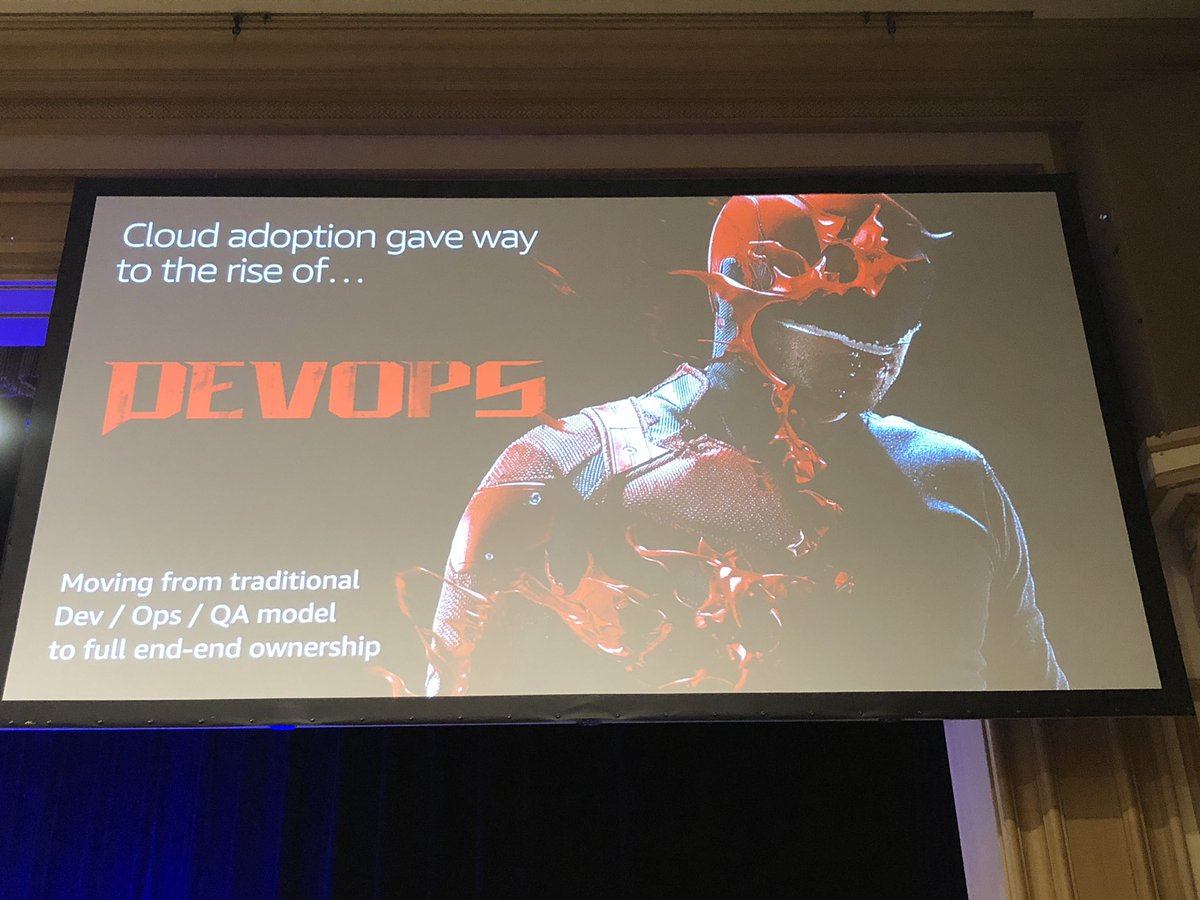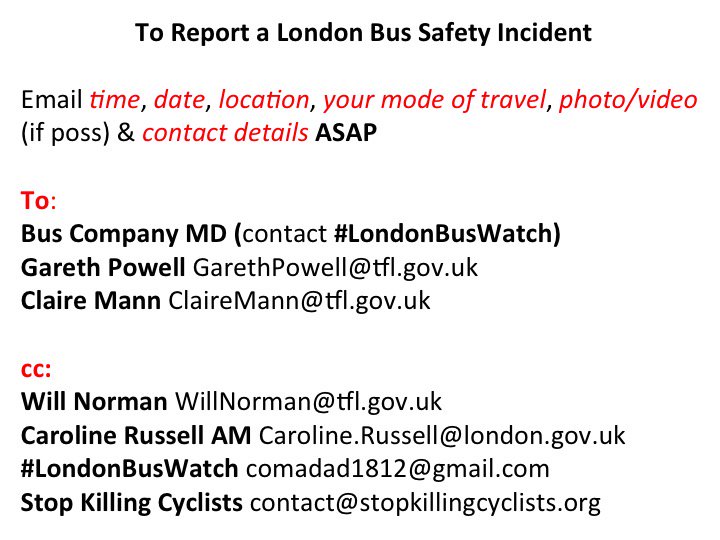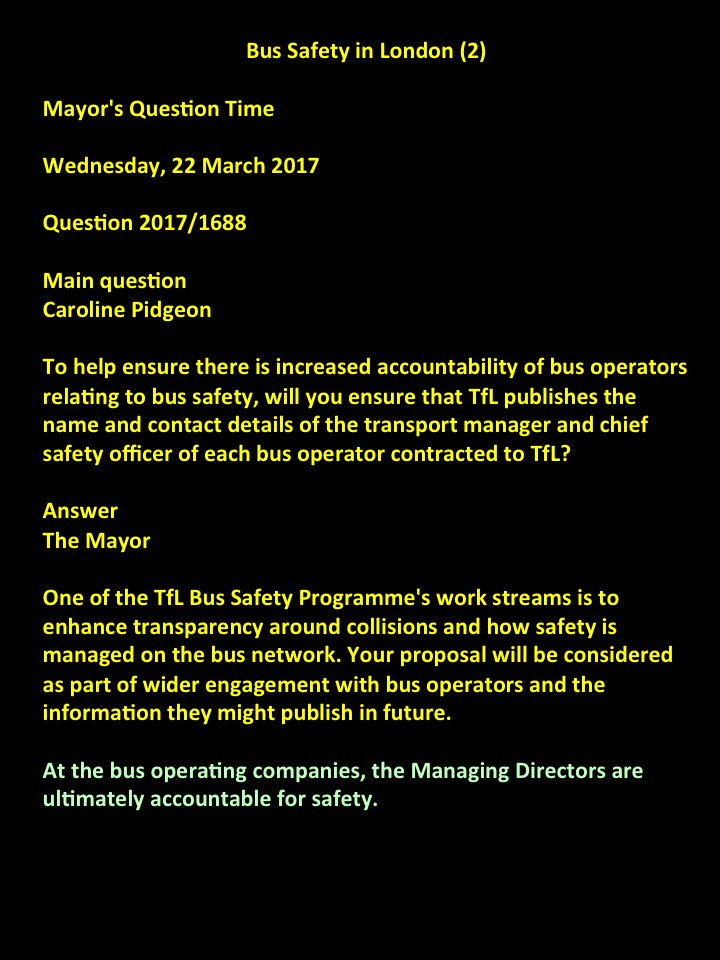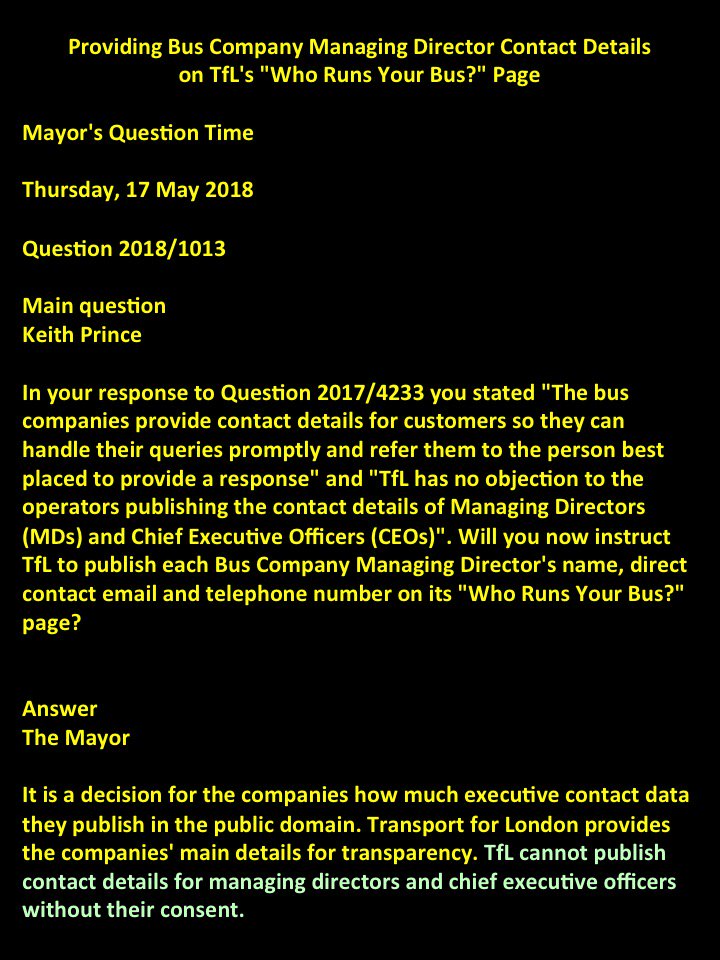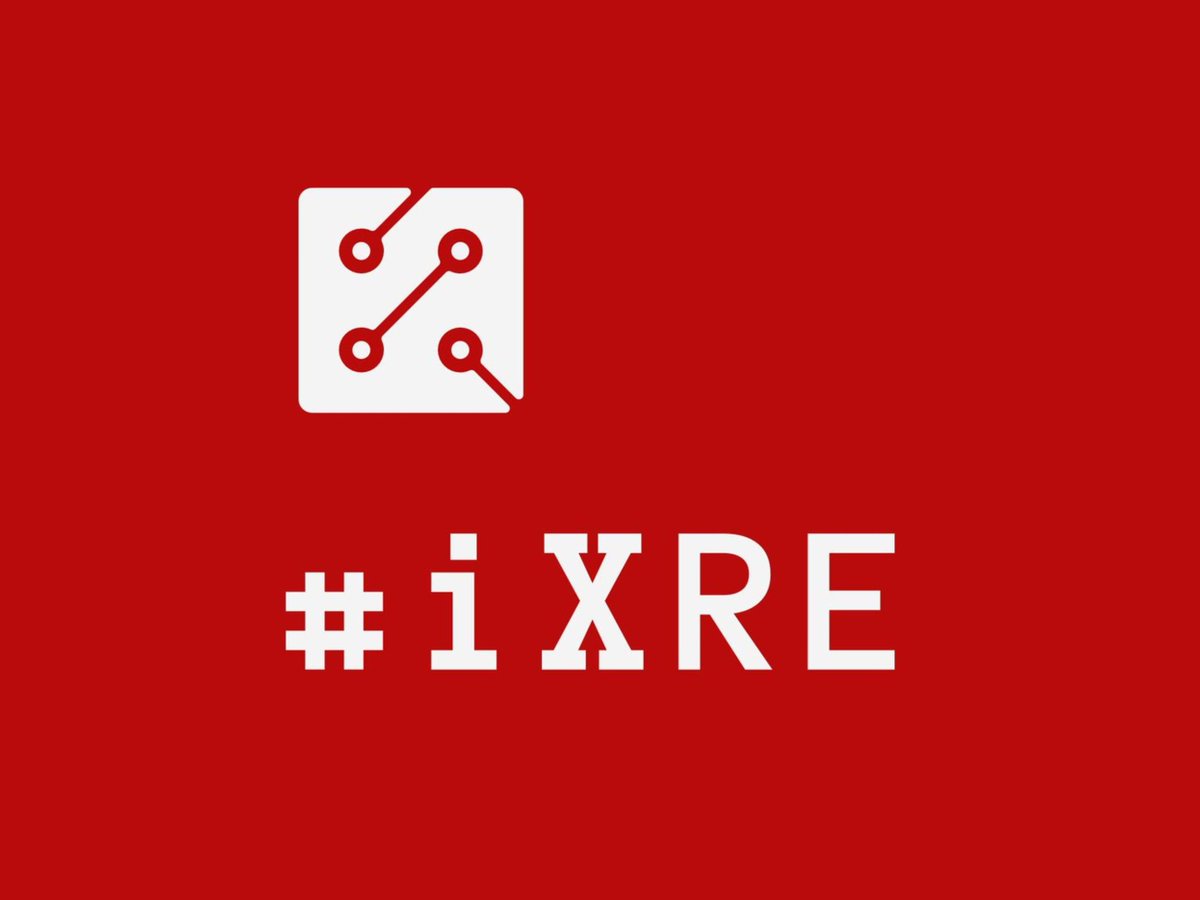
I think Agile, XP and Context-Driven #testing are all incompatible with systems thinking.
And it worked. 100+ devs committing to production daily, works.
That means a lot if not all Agile, XP and Context-Driven #testing ceremony is unnecessary.
But Continuous Deployment worked. Even at global e-commerce scale.
* test environments
* integration environments
* a process for shepherding code from a test environment through integration and into production
🤔 Agile #testing is preoccupied with these areas.
"Regression" implies blame. "The software was in a good state until someone changed something."
Software systems don't "regress" to "previous" states. Even if you wanted to this on purpose it would be impossible.
blog.skyliner.io/you-cant-have-…
And so one can't catalog a set of "known bad previous states" nor can one monitor a running system for the "recurrence" of a "known previous bad state."
#iXRE 🧚🏼♂️
[1]see Christopher Alexander's definition of "alive" artifacts — artifacts exhibiting the QWAN. #iXRE
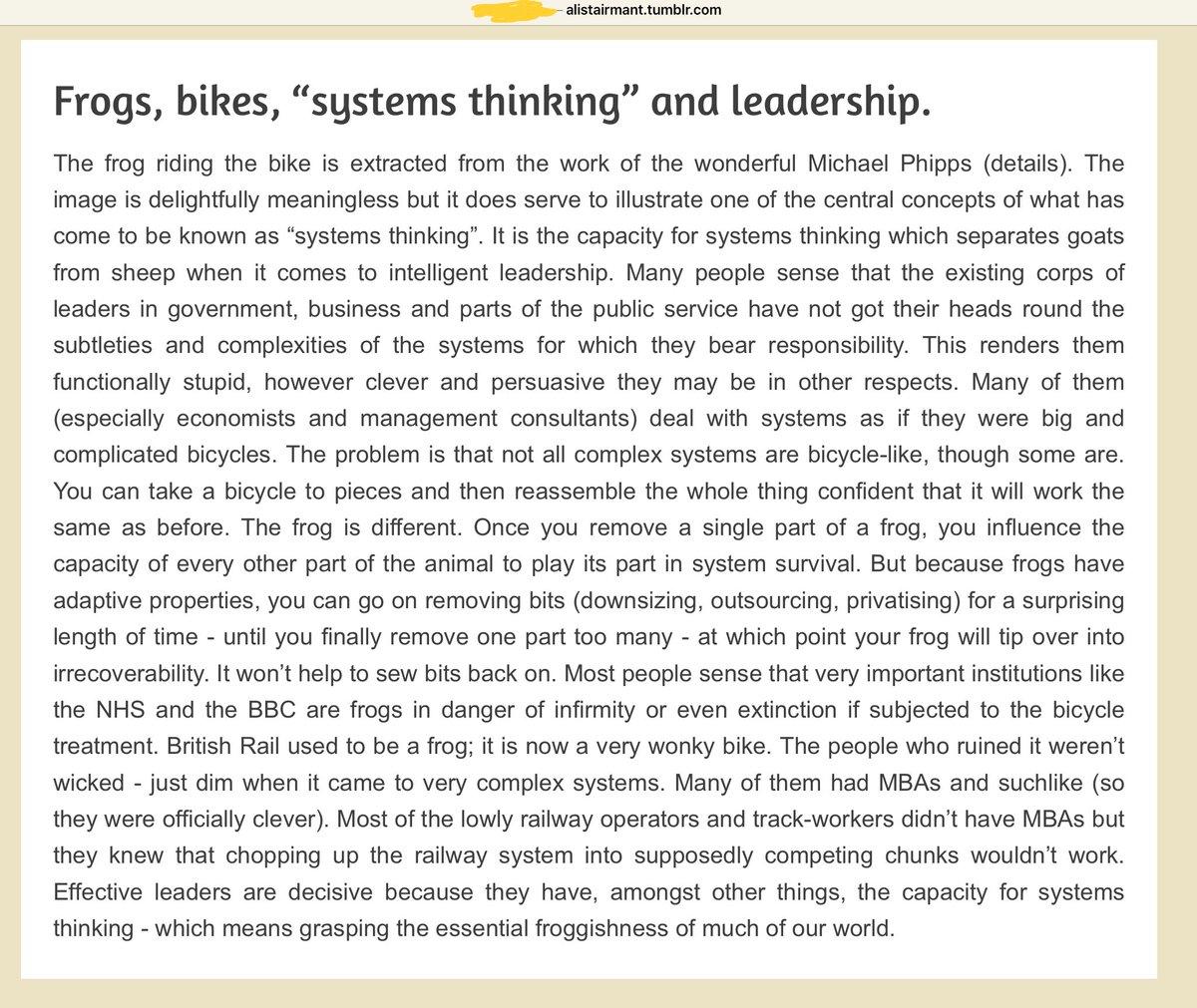


I get recommended checkups and vaccinations. I don't get checked to see whether the sprained ankle from last year came back.
#iXRE 🧚🏼♂️
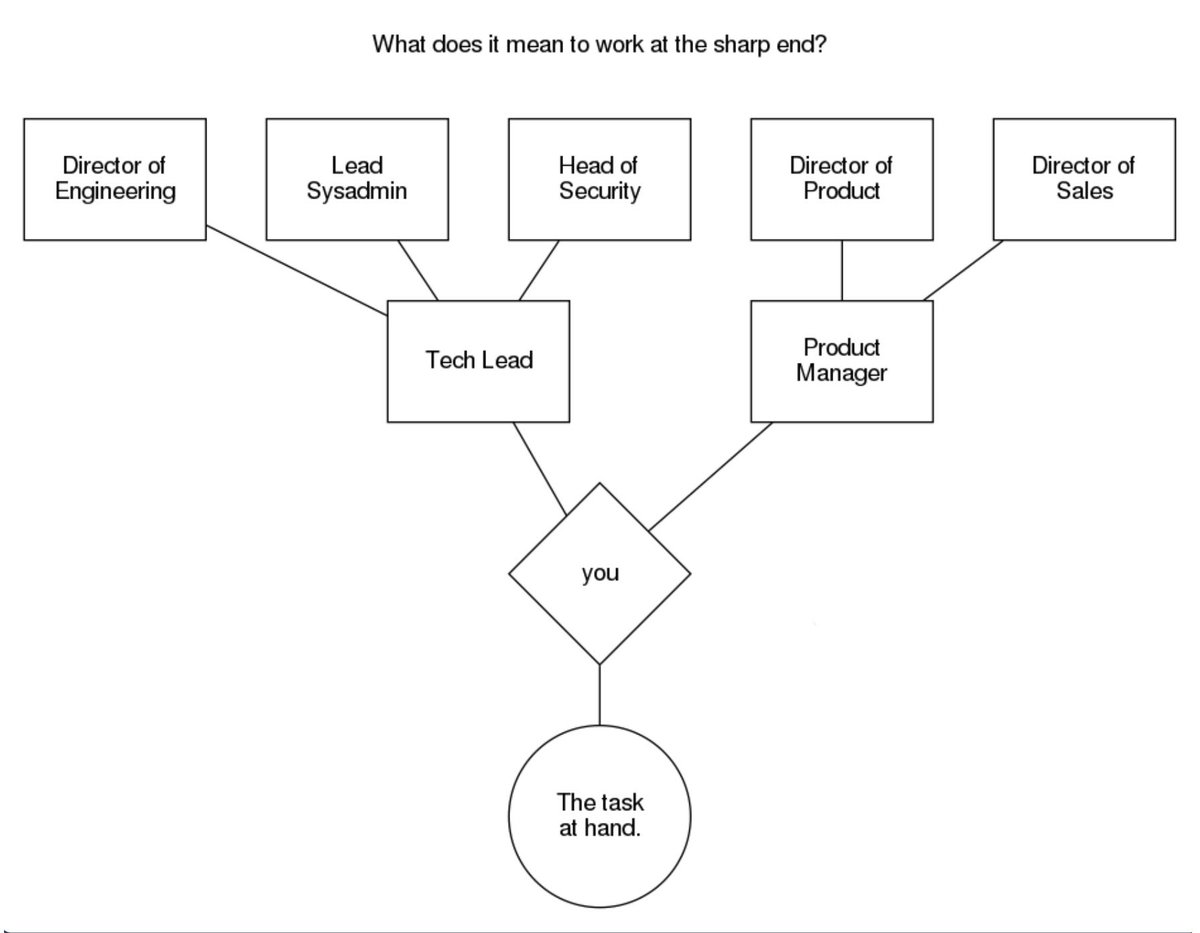
Certainly they are but each only in part. The causal chains (root cause analysis, five whys) have to be discarded along with blameful constructs like "human error" (defects, regressions).
#iXRE 🧚🏼♂️
#iXRE 🧚🏼♂️
Agile and Lean #testing methodologies don't center the mental state of individual persons at the sharp end.
But deploying continuously, I can only use the parts of Lean/Agile that center Flow.
The goal is to continue learning as we did as beginners.
1. Flow is all-important. Good systems are only possible if people at the sharp end are "in flow" most of the time. en.wikipedia.org/wiki/Flow_(psy…
Or if you must think of #iXRE in terms of "architecture" please consider it through the metaphorical lens of Brutalist Architecture. en.wikipedia.org/wiki/Brutalist…
1. Time-in-flow is the basic unit of work.
2. Monolithic product and codebase.
3. Trunk-Based Development already practiced.
4. Continuous Delivery already practiced.
5. Safety-II is the default model for all incident and "defect" responses. 🐛
The object of software QA since the 1980s has been to "detect" or "prevent" perceived "defects" before "bad code" reached the user.
👆🏼That's the OLD view.

